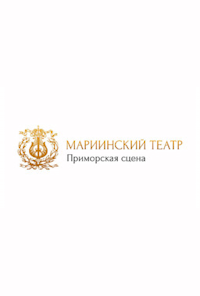Tsarskaya Nevesta (La Fiancée du Tsar), Rimsky-Korsakov
Partager
Primorsky Stage of the Mariinsky Theatre (2021/22)
Informations de l'organisation artistique (vérifiées par Operabase)
La Fiancée du Tsar by Rimsky-Korsakov, Du (2021/2022), Dirigé par Vyacheslav Starodubtsev, Chef d'orchestre Pavel Smelkov, Anton Torbeev, Primorsky Stage of the Mariinsky Theatre, Vladivostok, Russie
Producteur
Direction d'orchestre
PS(2022 avr. 07)

(2022 avr. 07)
Mise en scène
VS(2022 avr. 07)
Distribution
Vasily Stepanovich Sobakin
(Vasily Stepanovitch Sobakin)
YP(2022 avr. 07)
Marfa
MS(2022 avr. 07)
Grigory Grigoryevich Gryaznoy
(Grigory Griaznoï)

(2022 avr. 07)
Malyuta Skuratov
SP(2022 avr. 07)
Ivan Sergeyevich Lykov
(Ivan Sergueïevitch Lykov)
AK(2022 avr. 07)
Lyubasha
IK(2022 avr. 07)
Yelisey Bomeliy
IA(2022 avr. 07)
Instrumentation
Piano
OK(2022 avr. 07)
Équipage
Lumières
SS(2022 avr. 07)
Video
VD(2022 avr. 07)
Direction de choeur
LS(2022 avr. 07)
Décors
PO(2022 avr. 07)
Costumes
PO(2022 avr. 07)
Chorégraphie
SZ(2022 avr. 07)
En savoir plus sur le compositeur
En savoir plus sur le travail musical
